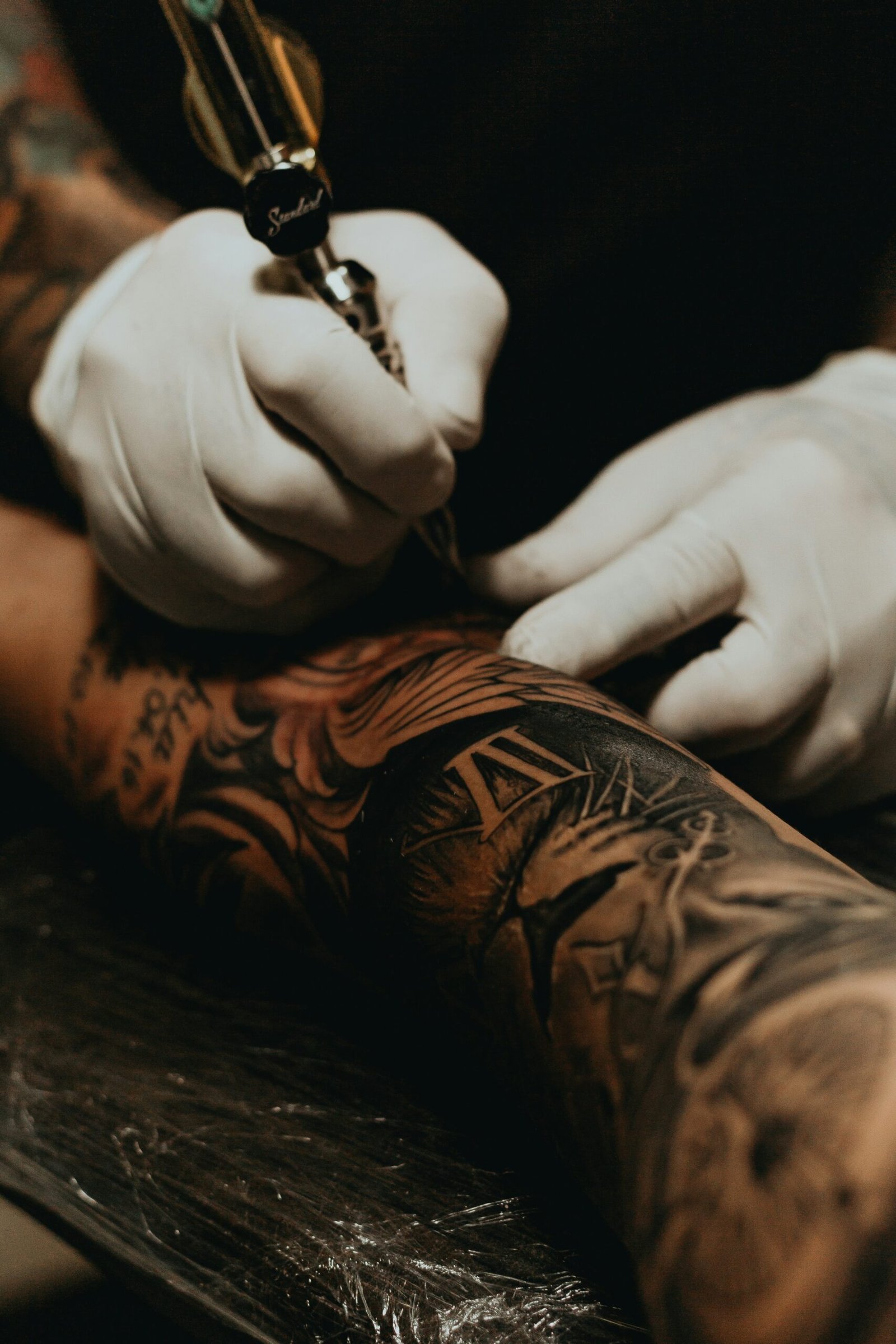
Introduction
Tattoos have become increasingly popular over the years, with people from all walks of life embracing this form of self-expression. However, as trends change and personal circumstances evolve, there may come a time when you regret getting a tattoo. In such cases, tattoo removal can be a viable option. While tattoo removal procedures have come a long way, it’s important to be aware of the potential risks and complications that can arise if the process is not done correctly.
The Importance of Choosing a Qualified Professional
When it comes to tattoo removal, one of the biggest mistakes people make is attempting to remove their tattoos at home or seeking out unqualified individuals to perform the procedure. DIY tattoo removal methods, such as using abrasive substances or attempting to scrape off the ink, can lead to severe skin damage and scarring.
Selecting a licensed expert with tattoo removal experience is essential. Look for a licensed dermatologist or a reputable clinic that offers laser tattoo removal. These professionals have the necessary training and experience to ensure a safe and effective removal process.
Understanding the Risks
While laser tattoo removal is generally considered safe, there are still risks involved. Some common risks include:
- Scarring: Improper use of laser technology or inadequate aftercare can lead to scarring. It’s essential to follow your dermatologist’s instructions for post-treatment care.
- Hypopigmentation: Laser tattoo removal can sometimes cause the skin to lose pigment, resulting in lighter patches in the treated area.
- Hyperpigmentation: In some cases, the skin may produce excess pigment, causing darker spots to appear in the treated area.
- Infection: If proper hygiene and aftercare measures are not followed, there is a risk of infection at the site of the tattoo removal.
Learning from Mistakes
One of the most important lessons we can learn from tattoo removal gone wrong is the need for patience and realistic expectations. Tattoo removal is a gradual process that needs to be done in several sessions separated by a few weeks. Expecting immediate results or trying to rush the process can lead to complications.
Another common mistake is failing to disclose important information to the tattoo removal professional. It is crucial to inform them about any pre-existing medical conditions, allergies, or medications you are currently taking. This information can help them tailor the treatment plan to your specific needs and minimize the risk of complications.
Aftercare and Follow-up
Proper aftercare is crucial for minimizing the risks associated with tattoo removal. You will receive comprehensive advice on how to take care of the area that has been treated from your dermatologist. This may include avoiding direct sunlight, applying prescribed ointments or creams, and keeping the area clean and dry.
Follow-up appointments are also essential to monitor your progress and address any concerns or complications that may arise. If you notice any unusual symptoms, such as excessive pain, swelling, or signs of infection, it is important to contact your dermatologist immediately.
Conclusion
Tattoo removal can be a life-changing decision for those who regret their tattoos. However, it is crucial to approach the process with caution and choose a qualified professional to minimize the risks involved. By learning from the mistakes of others and following proper aftercare instructions, you can increase the chances of a successful tattoo removal and avoid any potential complications.
Remember, tattoo removal is a journey, and patience is key. With the right professional guidance and realistic expectations, you can say goodbye to your unwanted tattoo and embrace a fresh start.
